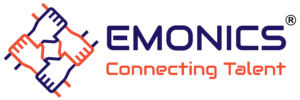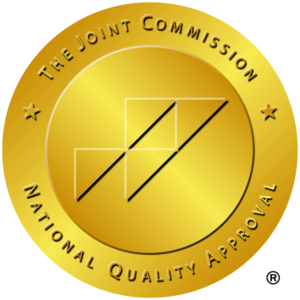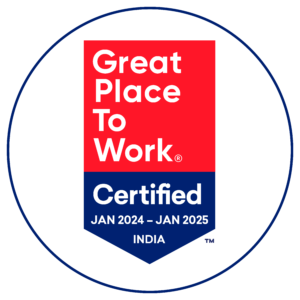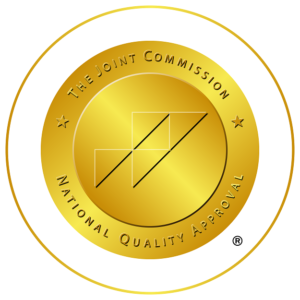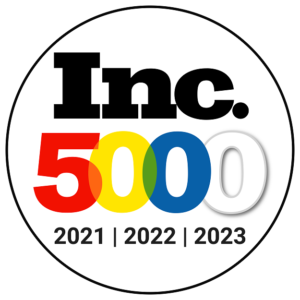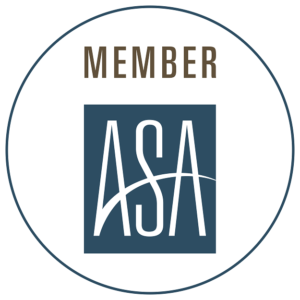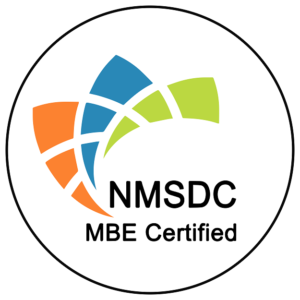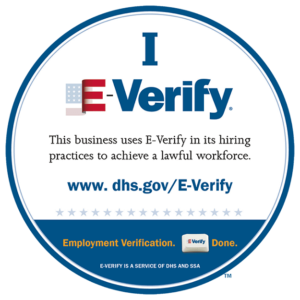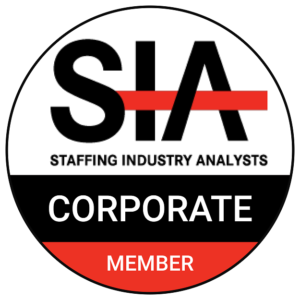How To Research a Potential Employer Before Your Interview
When it comes to finding the right job, the chances of being heard by employers or recruiters are also directly proportional to the amount of time and effort you spend in planning the resume and cover letter, applying for work, and being ready for the interview.
Doing your due diligence by studying the work opportunity and your future boss before an interview is a significant part of this process which should not be ignored. Potential employers are after all doing their own due diligence, which also involves peering into social media pages and blogs of candidates. Doing your own research will help you figure out if the opportunity suits well, and train you to ask smart and knowledgeable questions in the interview. Your interviewer can see that you’ve done your homework and you’re truly interested in what the company is doing and where your future position is.
Below are six ways to find out what a prospective employer is all about, so when the big day arrives, you’re prepared and ready.
- Have a look at the company’s website and take notes
As the “home base” of the digital media presence of an organization, their website is also a gold mine of knowledge where you’ll find out more about the past, mission, vision, beliefs, and people of an organization and even what it’s like to work there. You’ll also see a “news” section with links to press releases and papers, which might include news about acquisitions, mergers, or business milestones.
- Go through the company blog
Many companies have a blog that you can usually find through their website navigation, or through the “(company name) blog” search by Google. They may also have multiple blogs, all targeted towards specific audiences.
While the website of the company itself is more of a snapshot of what they are all about and what they wish to convey to the general public, the blog of an entity is also a more dynamic and intimate peek into the atmosphere of the business, exposing what is in the forefront.
Such posts are mostly written by people who know the inside and outside of the company. You can learn from the president about company direction; product ideas from product managers; or the CTO’s insights into technology trends. Many times, blogs are simply a great way for the company or its chief audience to get an insider pulse on what may be relevant. Questions created by blog posts you read in an interview can be great conversation starters.
- Join social networking pages
Check the company’s website to see if their related social media contain ties or icons. Usually, you can find these on the home page of the web site. If you strike out there, do some searches for active accounts on Facebook, Twitter, Instagram, LinkedIn, and YouTube.
Observe how dedicated they are to their followers, and how positive and negative feedback they respond. Organizations that respond thoughtfully to feedback and change direction as needed show that their customers care about doing what’s right.
Make sure you remain on top of the latest news by setting up updates, as well as the company’s Google Alerts. Interviewers will be delighted to hear confidently from a recent business tweeting or commenting on an important news item that appears on your list.
- See LinkedIn profiles of company leaders and employees
Think less crapy and more curious about this work. If you know the name of the person you are interviewing, look at them on LinkedIn and take note of their roles, professional interests, and other aspects of their profile that you may be able to bring up in an interview. Furthermore, list notes for profiles of leadership team members and those at the organization with whom you could possibly interact.
You will also get a more detailed image of the day-to-day duties of potential colleagues, the clubs and organizations with which they are associated, newly published articles, and tenure at the organization. If nothing else, before an interview, you’ll put faces to names and people will see that you’ve looked at their profile and taken the time to find out more about them.
- Read company reviews
Company review sites such as Glassdoor can be a helpful part of the overall study because they can give another look at organizational culture, benefits, quality of life, job growth opportunities, wages, leadership, and even answer interview questions in the words of actual people who have worked there (or are still working there). Glassdoor calls content created by that employee.
- Look into the organization environment
It is important to be aware of and able to respond to the environment of the market and to understand who the biggest rivals of your future employer are in it. Sites such as Crunchbase will provide you with a closer look at the size of a business, statistics on acquisitions and financing, key leadership figures, mergers, market trends, competitors, and more.
Conclusion
Before you dig in, it is crucial you align your goals with a new employer. What do you want, and what’s going to get you moving the other way? Consider your core beliefs, the kind of job you would like to do, the kind of society you would blend with, and the types of people you would like to job with. Once you have set your main goals, you will get a strong picture of your ideal employer when you start your work.
